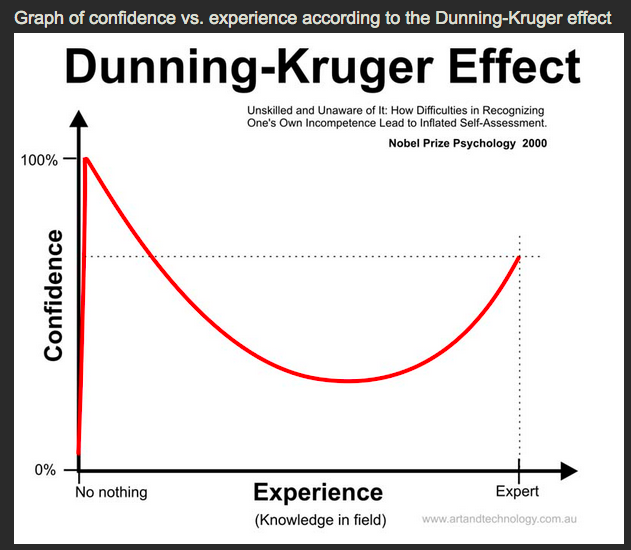
Technically Yours/ASR TEAM

Technically Yours/ASR TEAM
If you read Jesse Livermore’s “How to Trade in Stocks” from 1940, Nicolas Darvas’s ‘How I made 2M in the stock market” from 1960, Richard Love’s “Superperformance Stocks” from 1977, William O’Neil’s early version of “How to make money in stocks” from the 1990s or Howard Lindzon’s “The Wallstrip Edge” from 2008, you will realize that after so many years, the main thing that has changed in the market is the names of the winning stocks. Everything else important – the catalysts, the cyclicality in sentiment, has remained the same.
Here are some incredible insights from Richard Love’s book ‘Superperformance Stocks’. In his eyes, a superperformance stock is one that has at least tripled within a two-year period.
1. The first consideration in buying stock is safety.
Safety is derived more from the good timing of the purchase and less from the financial strength of the company. The stocks of the nation’s largest and strongest corporations have dropped drastically during general stock market declines.
The best time to buy most stocks is when the market looks like a disaster. It is then that the risk is lowest and the potential rewards are highest.
2. All stocks are price-cyclical
For many years certain stocks have been considered to be cyclical; that is, the business of those companies rose and fell with the business cycle. It was also assumed that some industries and certain companies were noncyclical— little affected by the changes in business conditions. The attitude developed among investors that cyclical industries were to be avoided and that others, such as established growth companies, were to be favored. To a certain extent this artificial division of companies into cyclical and noncyclical has been deceptive because although the earnings of some companies might be little affected by the business cycle the price of the stock is often as cyclical as that of companies strongly affected by the business cycle. Virtually all stocks are price-cyclical. Stocks that are not earnings-cyclical often have higher price/earnings ratios, and thus are susceptible to reactions when the primary trend of the market begins to decline. This can occur even during a period of increasing earnings.
3. A Superb Company Does Not Necessarily Have a Superb Stock. There are no sure things in the market
There has been a considerable amount of investment advice over the years that has advocated buying quality. ”Stick to the blue chips,” it said, “and you won’t be hurt.” But the record reveals that an investor can be hurt severely if he buys a blue chip at the wrong time. And even if he does not lose financially, he usually has gained very little, particularly considering the risks he has taken. (more…)
“This is a market that has been seriously overvalued for some time,” exclaims Paul Tudor Jones,”and what we are seeing today is the piercing of the bubble…” adding that “Wall Street was uniformly unprepared for this kind of a drop.”
Of course Bill Griffeth asks should we buy this dip… Tudor Jones replies – so ironically –
“we should see massive Federal Reserve and Government intervention in the FX and debt markets to stem what has unquestionably been a panic.”
But Tudor-Jones cautions:
“prudent investors should use any rally to scale back into short-term Treasuries.”
The legendary trader goes on to explain he is trading fear as investors fear deflation and disinflation and warns
“every American needs to get their house in order, needs to be conservative in their investments, the next few years will be about capital preservation.”
Wise words for record highs…


